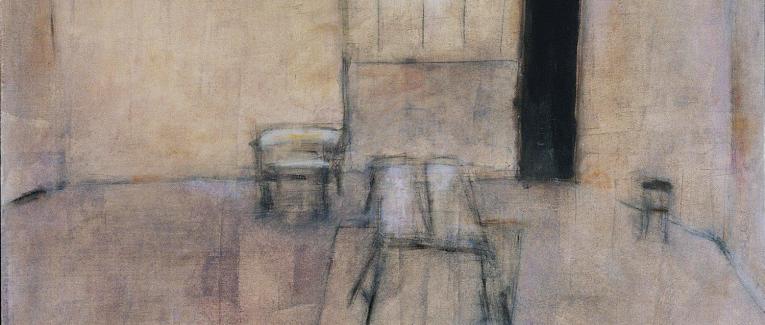
Understandable Antipathy: On Hungarian Rap and Slam Poetry (part 1)
 8 min
8 min
Understandable Antipathy: On Hungarian Rap and Slam Poetry (part 1)
UNDERSTANDABLE ANTIPATHY:
ON HUNGARIAN RAP AND SLAM POETRY
An Essay by Peter Závada
PART1.
I started my musical career as a hip-hop artist in the mid-90s in post-socialist Hungary, at the birth of Eastern-European liberal democracies. In ’89 the Iron Curtain fell, and the possibility of a free and open society was closer than ever. Or so we thought. Our unconditional trust in the global West didn’t only manifest itself in the desire for blue jeans, color-tv and McDonalds, it made us believe that neoliberal capitalism meant fair competition in business equal opportunity in education, freedom of speech, religion, and sexual orientation. It meant also social support and welfare programs for those in need. We had no idea that late capitalism would only deepen the gap between the social classes, or that it would only reproduce both the privilege of the upper-middle class and the deprivation of the precariat. By the end of the 90s, economic and cultural colonization by the global West was at its peak in Hungary, and along with western products came American music, television, sports, and fashion.
Rap music, however, was always at a disadvantage in Hungary. We could never really relate to its tradition and cultural codes: West African storytellers, slave songs, jazz and blues music, and the Afro-American civil rights movements were part of a world so far away from us and so little known to the Eastern-European block that we never had any idea how to adequately address them. All we could come up with as a reaction to the worldwide hip-hop boom starting in the late 80s and early 90s was either a naïve and unoriginal imitation of its iconic groups, or a sort of mildly racist, ironic position, an Eastern-European intellectual caricature of the genre. Tough-looking, tattooed men wearing baggy jeans and Chicano-style bandanas intensely gesticulating and yelling swearwords: these were all attributes of the typical stereotype of a rapper in the Hungarian mind. This was embodied by a goofy, post-socialist gangster wannabe, one of the most well-known rappers of the 90s in Hungary, a guy named Ganxxsta Zolee – the name speaks for itself. The other extreme was represented by a group called Bëlga, started by philosophy students from the Buddhist University of Hungary dressed in suits and ties, with sunglasses and knitted beanies. Both reactions were exaggerations. A few underground rap groups such as Az idő urai, Bankos and NKS tried to navigate between these two extremes. Another, slightly different path was that of the Roma rapgroup, Fekete vonat. With their genuine rap style, and authentic representation of the extreme poverty of the Roma community they put the “realness” back in Hungarian rap.
Not surprisingly, breakdance was imported into the country by the same socialist popstar, Miklós Fenyő, who had started to copy Elvis Presley and play rock’n’roll in the late 60s with his boogie-woogie band, Hungaria. So, for many, turning towards hip-hop culture after the change of regime in ’89 was more a smart carrier move than serious artistic dedication. We weren’t even close to understanding what this cultural phenomenon really meant in its original U.S. context. In other words, rap has, until very recently, for the most part been looked down on and has never been taken seriously in Hungary. This also has to do, unfortunately, with the relatively high rate of racism in the population.
In the 90s, I was a young Hungarian boy who already spoke good English, thanks to the international school friends I had made at a Budapest skatepark and later at the regular Thursday night parties in a downtown dance club called Morrison’s. I became such good friends with one of these guys that his family invited me to travel with them to the U.S. and visit their family in California. I was 16 then. My father has always been an enlightened man, and has always encouraged me to travel, so I took the opportunity and flew to California. It was a life changing experience as far as my language learning and my taste in music, arts and fashion were concerned. I also got to know the American way of life: wide freeways, inexplicably huge pickup trucks, greasy fast-food restaurants, crowded shopping malls and forgettable Hollywood movies. But the real value of my trip was that I learned about the four elements of hip-hop culture: mc-ing, dj-ing, graffity, and break dance. I was a skateboarder and a basketball player at that time, so I couldn’t escape being affected by the zeitgeist of the 90s. Multiculturalism, and especially Afro-American culture had a huge effect on me. When I finally arrived home in 1996, my friend Mark and I founded our own rap band, which we eventually named Akkezdet Phiai. It was to be active for twenty years and gained significant popularity as one of the most playful and original Hungarian rap bands.
As a young musician and a devoted liberal, I was dedicated to fighting racism, antisemitism, and inequality in general. So, I participated in various protests and socially engaged art projects that were trying to help poor people, especially the Roma in rural Hungary. I would travel to small towns and villages to make music with children who otherwise wouldn’t have had the chance to take part in arts activities. But when I realized that I couldn't help them in the long run, that it was only a short period of their life that my endeavors could have an impact on, after which they must return to poverty and cultural deprivation, I felt like all of this was a lie. I realized that I was only doing this to make myself feel better about my own privileges, to salve my guilty conscience as a white, middle class, male artist. We made these kids believe they could be anything they wanted to, they only had to work hard for it. This obviously wasn't true. We didn't consider the inherent, systemic issues: it was the typical neoliberal lie.
I spent my twenties mostly performing at rap concerts and participating in the slam poetry movement as one of its early pioneers. Although it eventually received harsh criticism for its rather lame puns, its labored allusions to everyday politics, its artificial wordplay and extreme exhibitionism, in its core values, slam poetry was, I believe, significantly more left-wing and more socially engaged than the narrow, stuffy spaces of the elite literature of the time. Slam has its roots in the working class and civil rights movements, jazz poetry, the Harlem Renaissance, the Beat Generation, etc. It wouldn't be fair, however, to deny that slam has recently been reduced to a mere attraction and a form of mass entertainment, as multinational companies and media conglomerates with obvious political affiliations have taken advantage of the movement’s naïve enthusiasm. But it still hasn't lost its power to reorganize itself in the underground, to promote and popularize culture and important political ideas and to successfully strengthen communities. And these are vitally important factors in terms of left-wing values.
©Anna Bentley 2022 for the English translation









 English
English
 Français
Français
 Deutsch
Deutsch
 Italiano
Italiano
 Español
Español



 Colaborar
Colaborar


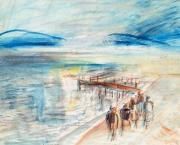

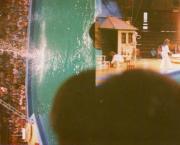
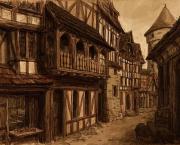

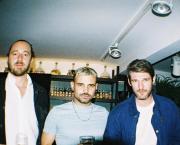
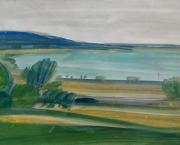

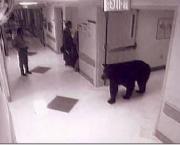






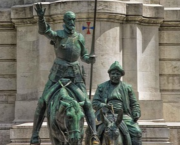



 Puedes apoyar a tus escritores favoritos
Puedes apoyar a tus escritores favoritos





